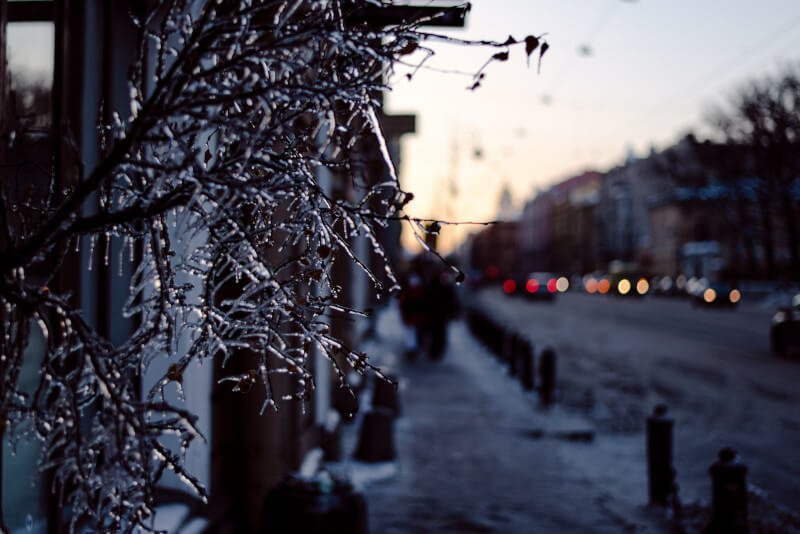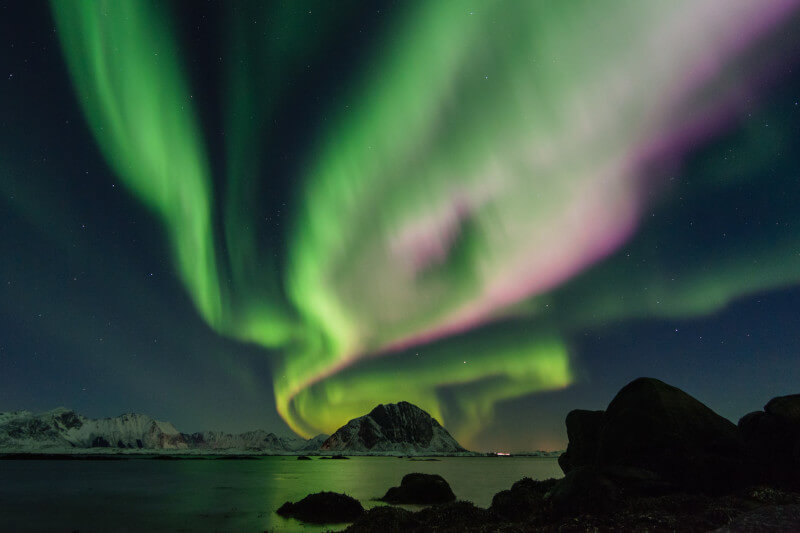At first, the idea of traveling around Europe during the winter may not sound all that appealing to you. The temperatures are low, the days are shorter, and there are even activities and attractions that are closed during the wintertime. In addition to this, it is strongly recommended that you purchase travel insurance in the event that your flight or train is delayed due to bad weather.
Despite this, there are still numerous significant benefits to traveling throughout Europe during the winter months. The fact that it is going to be chilly is not the end of the world. There is no such thing as bad weather, only inappropriate clothing, so the mantra of the savvy traveler is, “There is no such thing as bad weather.” Here are a few reasons why you should think about going backpacking in Europe during the winter!
Saint Petersburg in the Wintertime

The Eiffel Tower is illuminated in the background while snowflakes fall. The magnificent Colosseum is encircled by streets that are covered in snow. Icicles formed on the overhangs of the roofs in a traditional German village. The sound of tires rubbing against the icy roads in Scandinavia…
When winter sets in across Europe, the continent can frequently take on the appearance of a scene from a storybook. Some cities appear more beautiful during the winter months. Even though some tourist attractions may be closed during the winter months, the shoulder seasons are prime times for cultural happenings. Opera houses are hosting more events, theaters are operating at full capacity, and even the Mediterranean region is becoming more bearable during the winter months.
The Celebrations and the Weeks Leading Up to Christmas

It is possible to get the feeling that you are the protagonist of a Christmas movie by strolling through the streets of Europe, taking in the sights of the Christmas decorations, and treating yourself to gingerbread while sipping a warm spiced wine. Regardless of the frigid breezes and the white snowflakes that are beginning to infiltrate most European cities, the ambiance around Europe is really warm. There seem to be a number of traditional carnivals that take place before the beginning of Lent. The atmosphere is very lively these days, and it is something that you should make an effort to see if you have the chance. a market for Christmas
The Number of Tourists Has Decreased

You will be able to tell the difference pretty quickly because you will not be required to stand in line for the equivalent of two hours to visit the Louvre or the Eiffel Tower. It is possible to avoid the crowds of tourists that are present during the summer months by scheduling your trip during the winter months. And one thing that we always say is that large waves of tourists can completely transform the look of a city. You will be able to view the cities of Europe in a more natural shape during the winter, and you will be able to experience regular, daily life, which is significantly different from the tourist season.
Everything is More Affordable

The fewer tourists there are, the lower the prices will be. This also holds for the prices of airplane tickets and the amenities offered by hotels. To put it another way, when there is less demand for a product or service, the price falls. On the other hand, metropolitan cities see tourists throughout the year, so the difference may not be all that significant in these locations. However, you will almost certainly be able to find significant price reductions in the smaller towns that are competing with larger cities during the winter season for the same pool of tourists.
You Have the Opportunity to Witness the Aurora Borealis

Since the days are shorter during the winter months, this results in the nights being longer. Because of the longer and darker nights, there will be more opportunities to view the magnificent Aurora Borealis, also known as the Northern Lights. Northern Scandinavia and occasionally even Scotland are the best places in Europe to view the aurora borealis, also known as the Northern Lights. Optimal conditions for viewing the magnificent Aurora Borealis include nights that are bitterly cold and have a cloudless sky.
You Have the Option of Staying in Ice Hotels
Not everything that Scandinavia has to give can be seen in the Northern Lights. During the winter months, particularly in the northern regions of Scandinavia, there are sometimes places to stay that are entirely constructed from ice. If you come during the winter, you will have the extraordinary chance to stay in a hotel where everything, from the beds to the closets to the shot glasses, is made of ice. This will be a once-in-a-lifetime experience for you.
You Have a Greater Degree of Leeway
Because there aren’t that many tourists here, you won’t have to worry too much about finding somewhere to stay. During the warmer months, lodging establishments typically have all of their available rooms reserved well in advance. This is not the case during the winter months, and as a result, you have more leeway when it comes to organizing your trip.
You are in a position where you can give yourself permission to be impulsive and make unexpected stops while you are traveling, or even to extend your voyage for a few extra days. Furthermore, there will be a great increase in the number of deals available at the last minute, and the crowds at all of the popular restaurants will be significantly reduced.
The Cuisine During the Winter is Incredible

The chilly conditions that prevail during the winter months have given rise to a number of dishes that are traditionally served during this time of year. These dishes are unique to each region of Europe.
The delectable snacks known as fondue and raclette can be found in France and Switzerland, respectively. Both of these dishes are made with bread and a variety of melted cheeses. During the colder months, roasted chestnuts are a wintertime staple food in Germany and even in some Slavic countries. Because it’s simply too hot to indulge in something so fatty in the summer, people who live in the southern Mediterranean region never even consider the possibility of consuming their scrumptious winter sauces, which are rich in cream.
Winter is the best time to find special treats from each nation’s cuisine that is only available during that season. In a number of nations, mulled wine is a traditional winter beverage, while in Slavic countries, mulled sweet rakija is consumed (local hard liquor).
That Certainly Has a Lot of Potential, but What About the Chilly Conditions?

There are several distinct manifestations of winter in Europe. The winter weather in the south of Europe, particularly in Italy, Spain, and Greece, is mild in comparison to the winters in other places, which can get quite chilly.
You should just get as much winter gear as you can fit into your suitcase and set off on an excursion, one that will show you Europe in a completely new light. You will be assured of having more time to see all of the tourist places, where there will be fewer tourists, eat tasty meals that will warm your heart, and take pleasure in the easygoing atmosphere of the local community.
Take advantage of this chance to go skiing in Chamonix, ice skating at the Eiffel Tower, skiing at Chamonix, or enjoy the Northern Lights in Scandinavia. You could also explore the cold and foggy canals of Venice.

